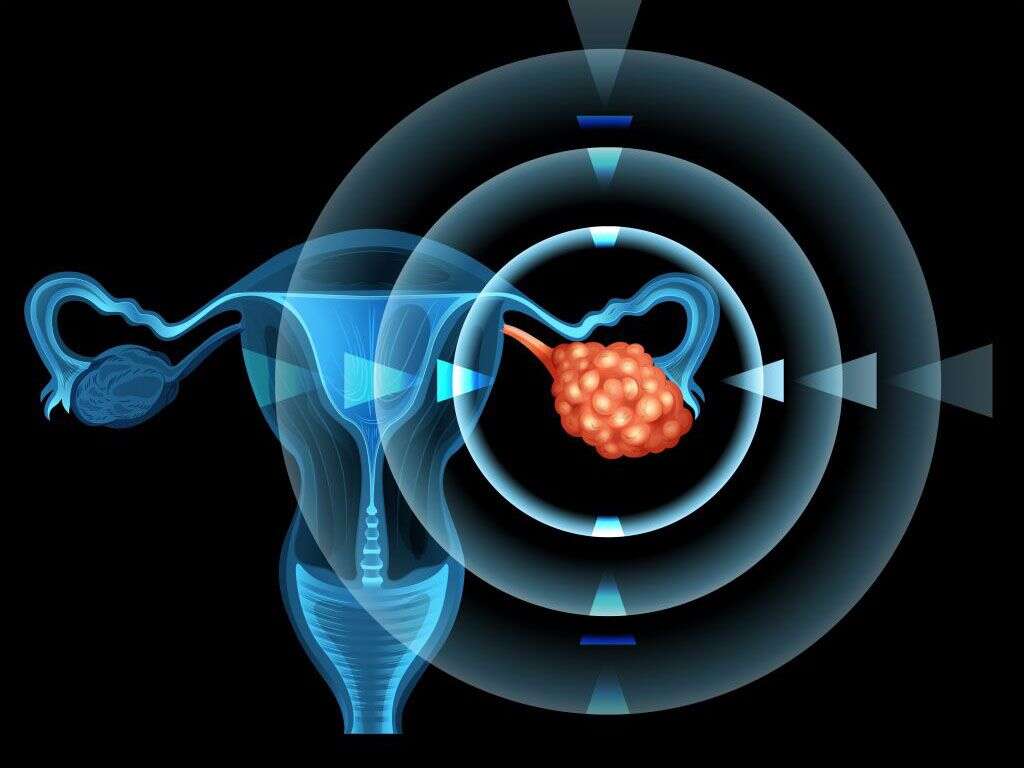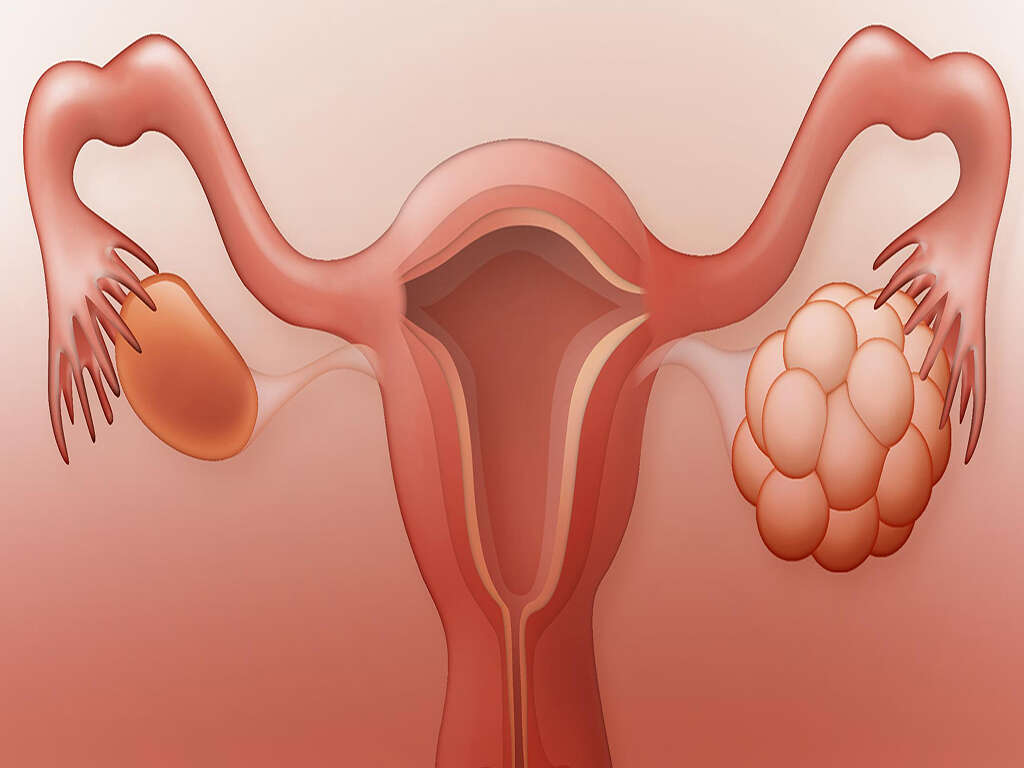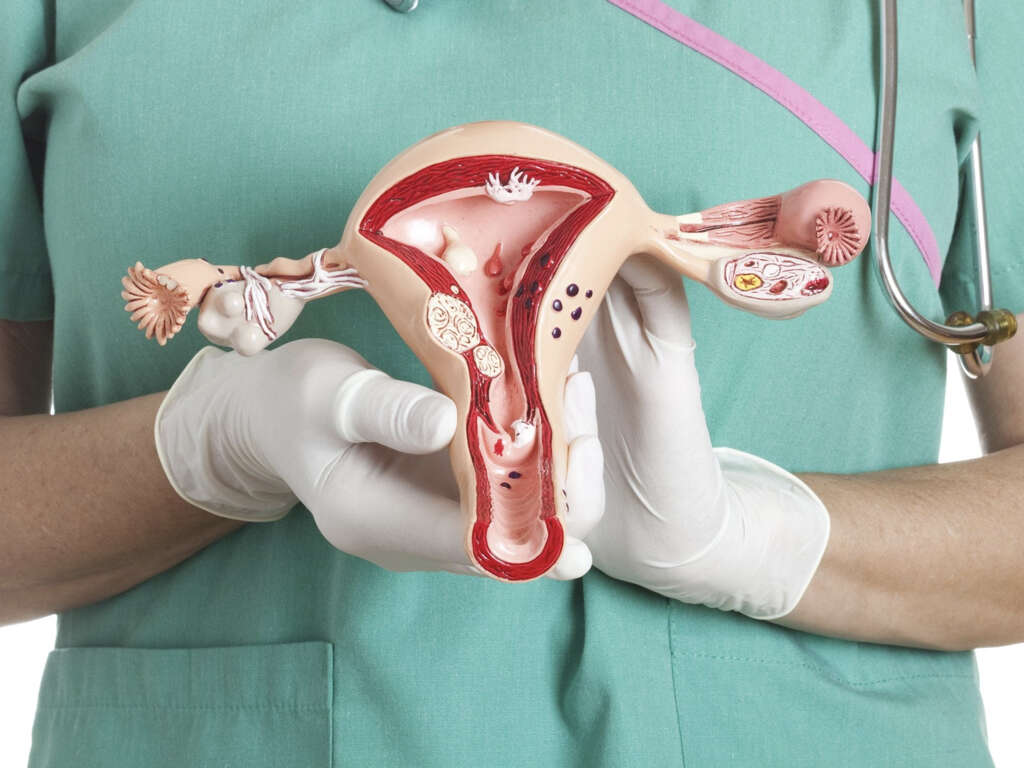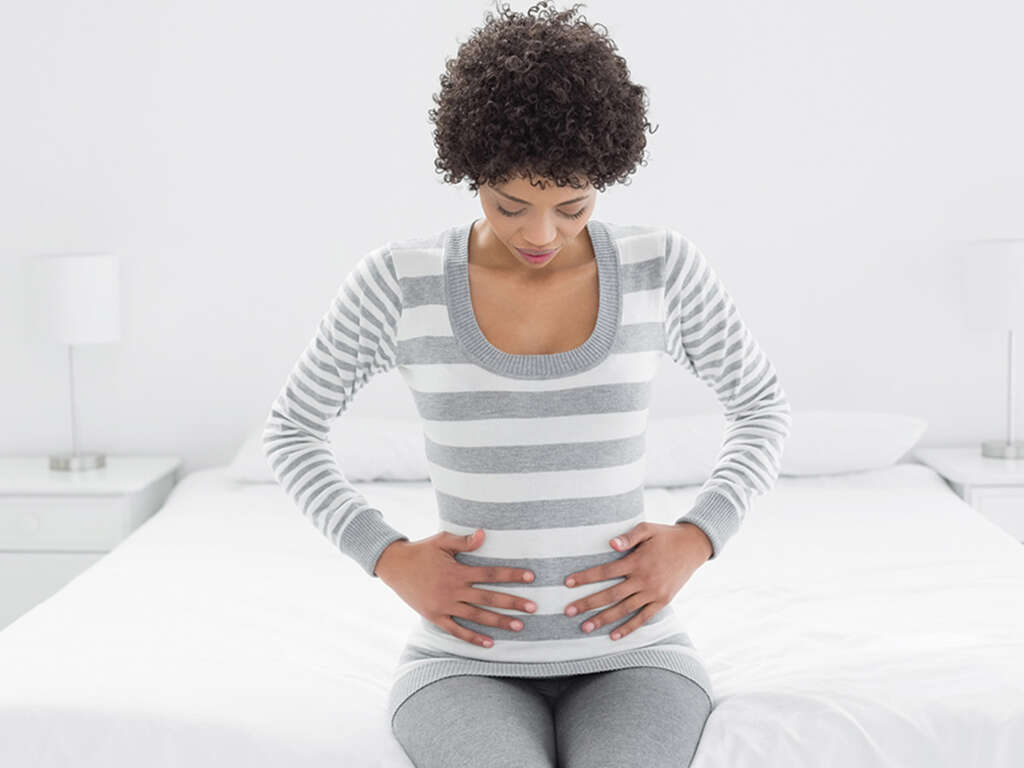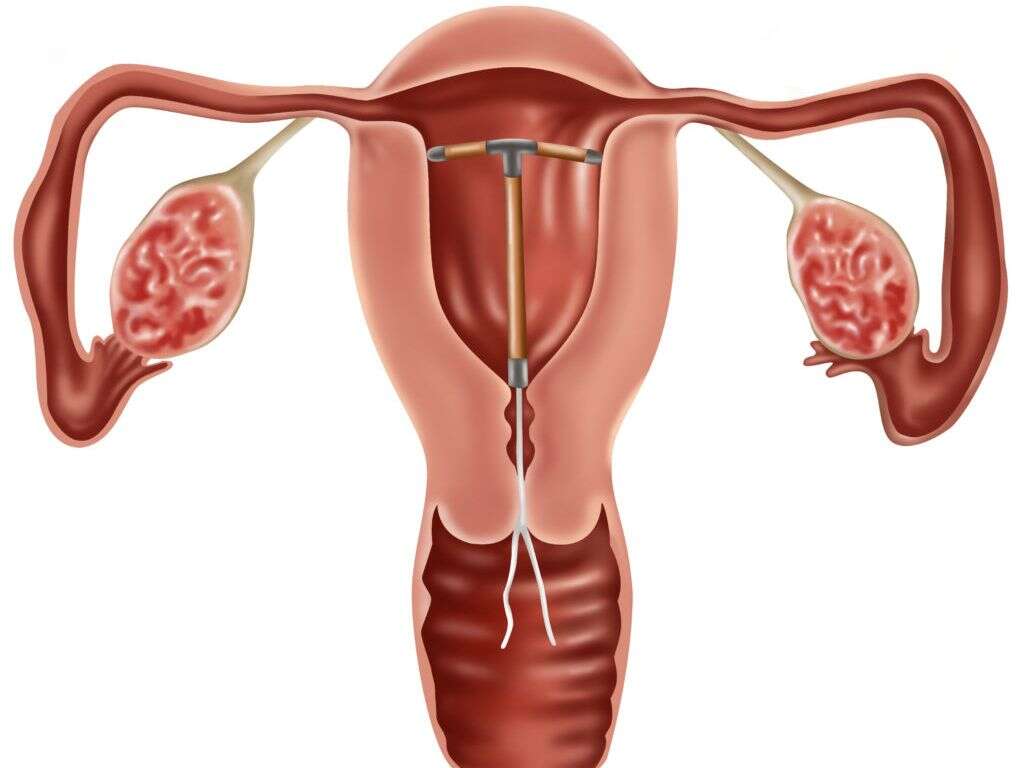What Is PCOS?
Polycystic ovary syndrome (PCOS) is a female hormonal condition that is common among women of childbearing age. It is characterized by abnormal functioning of the ovaries, causing several systemic signs and symptoms. The cause of PCOS is unknown and it has no cure. However, there are several therapies available for symptom management.
Importantly, PCOS can increase the risk of infertility, diabetes, cardiovascular disease, and depression. In fact, it is estimated that PCOS is the cause of infertility in approximately five million women in the United States.1PCOS (Polycystic Ovary Syndrome) and Diabetes. (2020, March 24). https://www.cdc.gov/diabetes/basics/pcos.html Like with many medical conditions, knowing more about PCOS can help patients who are dealing with it.
1. PCOS Explained
Ovarian follicles are tiny fluid-filled sacs that have the potential to release an egg cell (ovum) at ovulation that may or may not be fertilized by male sperm. Additionally, they can secrete hormones (i.e. androgens and estrogens) that influence the functioning of the menstrual cycle (i.e. ovulation).
Abnormalities in the metabolism of estrogen and androgens are responsible for many PCOS signs and symptoms. This can occur as a result of abnormal interactions between two brain structures (hypothalamus, pituitary) and the ovaries. For instance, in PCOS there is a decrease in the production of a brain hormone (FSH) that is normally in charge of inducing ovarian follicle maturation. This means that ovarian follicles become incapable of producing enough estrogen (estradiol) to enable further follicle maturation and subsequent ovulation. When ovulation doesn’t occur, the ovaries can develop several small cysts (hence the disorder’s name); however, this is not the most important criteria for diagnosis.
On the other hand, increased production of LH in the pituitary boosts androgen production (male sex hormone). Androgens are usually present in small quantities in women because they are swiftly converted to estradiol by ovarian enzymes under FSH stimulation. However, in PCOS there is excess androgen in the blood that can’t be converted into estradiol in the ovary; hence, androgen production increases, and most of it is converted into estrone (a weaker form of estrogen) in fat.
2. Causes and Risk Factors
Unfortunately, there is no definitive answer as to what causes PCOS. Any woman of childbearing age can develop PCOS at any time. The typical age range of those who develop the condition is 15 to 44.
PCOS may have a hereditary component since certain genes have been linked to the syndrome. Moreover, some studies indicate that PCOS has an autosomal dominant mode of inheritance in many families. In short, this means that a person is more likely to develop PCOS if a first-degree relative has it (mother or sister). Finally, obesity and insulin resistance may also increase the risk of developing PCOS.
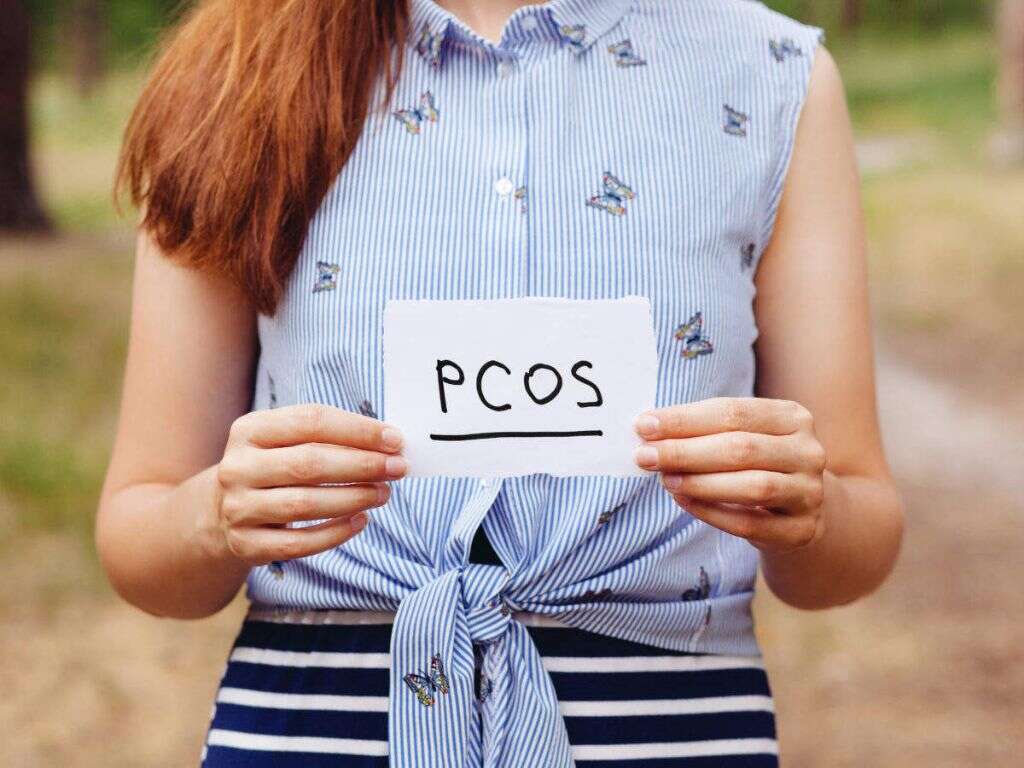
3. Epidemiology
PCOS can impact any woman of child-bearing age, without exceptions of race or ethnicity. Furthermore, it usually has an early onset, commonly around the first menstrual cycle in women (menarche). However, diagnosis can be delayed for a variety of reasons.
Polycystic ovarian syndrome is the most common endocrine disorder found in women of reproductive age, with an estimated prevalence of four to twelve percent in the US.2Richard Scott Lucidi, M. (2020 August 27). Polycystic Ovarian Syndrome. https://emedicine.medscape.com/article/256806-overview However, due to the variability between diverse diagnostic criteria, determining the true prevalence of PCOS has become a challenge.
4. Signs and Symptoms
As mentioned previously, hormonal alterations can cause women with PCOS to experience anovulation and menstrual dysfunction. Many of them will not ovulate for long periods of time, which will result in abnormal menstruation patterns. For instance, some women will report the absence of menstruation during intervals ranging from 35 days to 6 months (oligomenorrhea) or a complete absence of menstruation for six months (secondary amenorrhea). Furthermore, these irregularities can lead to infertility and bleeding outside of the menstrual cycle.
Women with PCOS usually exhibit high levels of male hormones (androgens) that may result in signs such as severe acne, hirsutism, and male-pattern hair loss. Hirsutism refers to the appearance of coarse hair in a male-like pattern. Hence, women with PCOS might report excessive facial (upper lip, chin), chest, and/or lower abdomen hair.

5. Most Common Associated Conditions
PCOS is associated with an increased risk of developing diabetes mellitus and impaired glucose tolerance. In fact, it is estimated that more than 50% of women with polycystic ovarian syndrome develop type II diabetes mellitus by age forty.1PCOS (Polycystic Ovary Syndrome) and Diabetes. (2020, March 24). https://www.cdc.gov/diabetes/basics/pcos.html Thus, it is vital for women with PCOS to be screened early for diabetes mellitus.
Since women with PCOS tend to ovulate intermittently, infertility can be another complication of PCOS. For many women with this condition, conceiving a child can take longer than average and miscarriage rates are also higher. However, with adequate treatment, most patients with polycystic ovarian syndrome are able to get pregnant.
Importantly, obesity is also associated with PCOS; however, it is not always present. In fact, it is estimated that almost half of all patients with PCOS suffer from obesity. Furthermore, people with PCOS will generally exhibit central body fat distribution (increased waist-to-hip ratio). Many women with this condition will also have features of metabolic syndrome, including obesity, insulin resistance (i.e. high blood sugar), abnormal cholesterol and triglyceride levels, and high blood pressure.
6. Diagnosis
There is no single type of test to diagnose PCOS. Instead, a physician may arrive at a PCOS diagnosis in several ways. Importantly, the diagnosis of this condition requires excluding all other diseases that can result in menstrual dysfunction (irregular menses) and excess androgen levels. To achieve this, your physician may order a series of blood tests, including those that measure hormone levels (i.e. testosterone levels, FSH, thyroid-related hormones), cholesterol levels, triglycerides, and glucose tolerance.
With the help of an ultrasound, your specialist may also check the appearance of the ovaries and the endometrium of the uterus. A pelvic exam may also be necessary to check for other abnormalities.
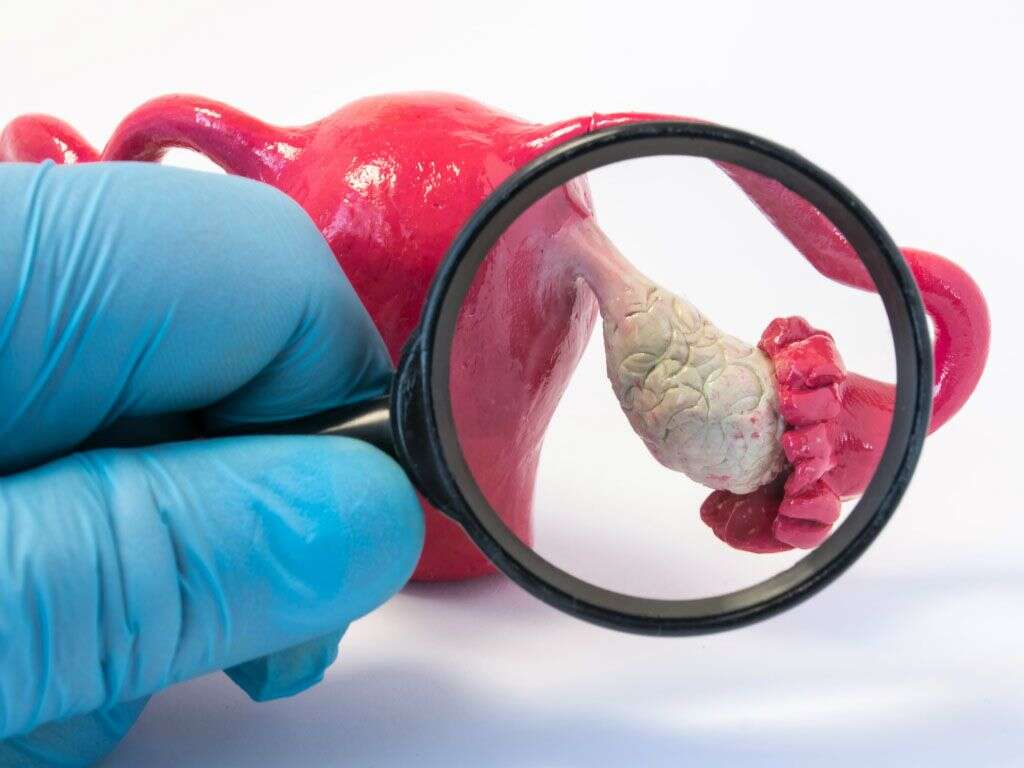
7. Medical Treatment Options
Currently, there is no cure for women afflicted with PCOS. However, it is possible to help offset the symptoms and make them more manageable. A doctor typically tries to develop a case-specific treatment plan that addresses the goals set by the patient.
Lifestyle changes and a combination of medications can help regulate your menstrual cycle. Medications for PCOS include birth control pills or other devices that provide a combination of hormones known as estrogen and progestin. However, if the patient is trying to conceive, prescribing a medication used for birth control will not be conducive. Instead, progestin therapy is often prescribed because it does not prevent pregnancy.
8. Lifestyle Changes
Weight loss is one thing a woman can do on her own to help minimize PCOS symptoms. In fact, it can improve the effectiveness of medications. A low-calorie diet tailored by a specialist and an increase in physical activity will help with weight loss.
A woman with PCOS may be most put off by the unsightly hair growth in strange parts of the body. However, there are several medications available to reduce excessive hair growth in women with hirsutism.
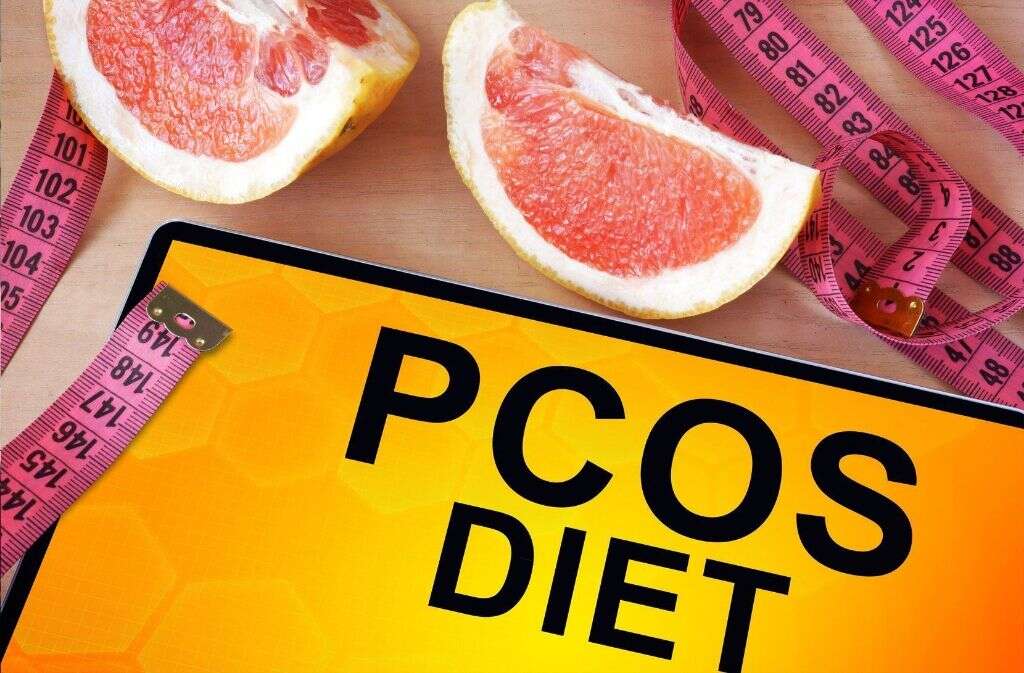
9. Pregnancy and PCOS
It is possible to become pregnant with untreated PCOS, but the likelihood is reduced. Without the proper hormonal signals, ovulation may not happen monthly. However, there may be some months where an egg is released and fertilized successfully.
A doctor can help treat PCOS and help a woman become pregnant. Several medications are available to stimulate ovulation and or improve conditions that may also hinder it (i.e. insulin resistance).
10. Other Health Issues Linked to PCOS
PCOS is not a standalone health problem and often goes hand in hand with other serious conditions. Importantly, in most cases, the full nature of their relationship with PCOS is unknown.
Women with PCOS can exhibit obstructive sleep apnea, which is a sleep disorder that causes episodes of intermittent airflow blockage (apnea/ hypopnea). Patients (or their relatives) with this condition commonly report daytime somnolence and loud snoring during sleep. Since this condition is a risk factor for hypertension and cardiovascular disease, patients with suspected obstructive sleep apnea should be screened promptly.
Recall that in PCOS, abnormal hormone levels are present. For instance, there are usually high levels of androgens and certain forms of estrogen, but there are low levels of progesterone. As a result, unopposed estrogen effects can increase the risk of cancer in the inner lining of the uterus (endometrial cancer) in women with PCOS.



